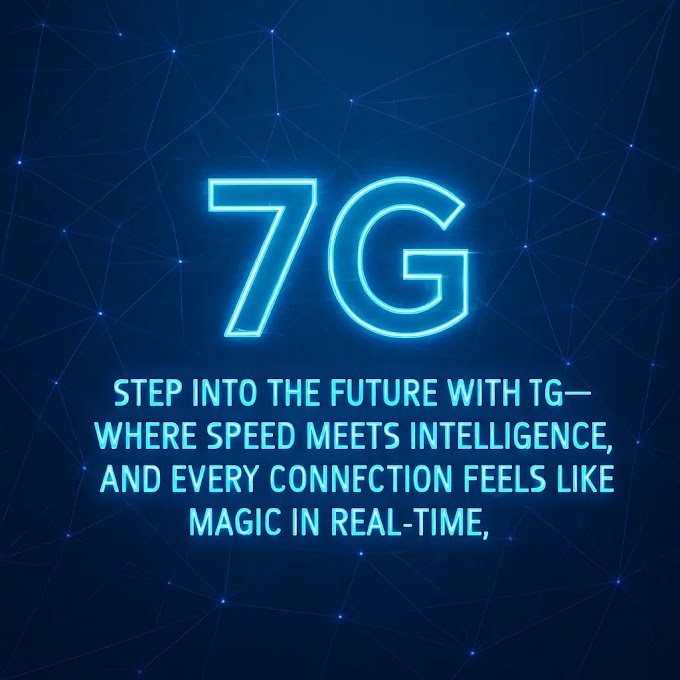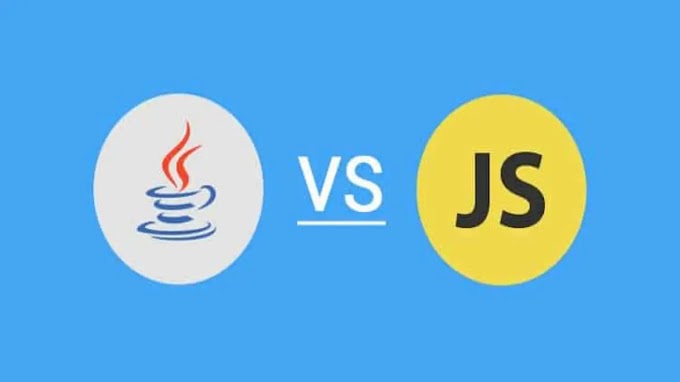Introduction
We all know Snapchat. It’s full of filters, chats, and streaks — a regular part of our daily digital life. But recently, many users were puzzled by a new term floating around: Snapchat Solar System. Sounds like something from astronomy, right? What’s it doing inside a social media app?
As always, Snapchat has a habit of surprising its users with quirky features. One of its newest, available only to Snapchat+ members, visualizes your friendship circle as a galaxy — literally. Known as the Snapchat Solar System, it ranks your best friends as planets orbiting around you. This positioning system is referred to as the Snapchat Solar System Order, and it’s become a fun way to see who you’re snapping the most.
What Is the Snapchat Solar System?
This feature transforms your digital friendships into a virtual space model. You, the user, are the center — the Sun — and your top friends become planets rotating around you based on how often you interact with them.
It’s only visible if both you and your friend are Snapchat+ subscribers. When you view their profile, you’ll see their assigned planet. The closer the planet is to the Sun, the more frequent and recent your engagement with that person has been.
This is Snapchat’s creative way of showing social proximity — not in numbers or lists, but through space and orbits.
What Each Planet Means in Your Social Orbit
Each planet stands for how close a friend is in your Snapchat universe — based entirely on your activity with them.
Let’s break it down:
Mercury – This friend is your top contact. Daily snaps, quick replies, constant chatting — they’re always active with you.
Venus – Almost as close. This is your second most interactive friend.
Earth – Frequently contacted, but with a little less intensity.
Mars – Regular snaps, some gaps in conversation.
Jupiter – Occasional interactions, here and there.
Saturn – You talk once in a while, but not consistently.
Uranus – Interaction is rare, but they still made the top eight.
Neptune – The lowest-ranked of your closest contacts. Not much activity recently, but they were active in the past.
These rankings are not permanent. They shift depending on your recent interactions.
How Snapchat Decides the Planet Position
Snapchat uses a set of behaviors to determine who lands where in your social orbit. It’s not about feelings — it’s all about how much you engage within the app.
Things that affect planet ranking include:
• How often you exchange snaps
• Duration and consistency of streaks
• Chat message frequency
• Story views and reactions
• Overall interaction rate within the app
Pro Tip: Planet positions only appear when both users are Snapchat+ members, and when the person is within your current best friends.
Why This Feature Confuses Some Users
A lot of users start to overanalyze when they see their or someone else’s planet status:
• “Why am I their Mars when they’re my Venus?”
• “I used to be Mercury, what changed?”
Here’s the deal: the Solar System feature is based only on your behavior inside the app — snaps, messages, replies. It does not reflect emotional connection, real-life closeness, or how much someone actually values you.
People can be incredibly close in real life but barely interact on Snapchat. That’s totally normal. So don’t stress over being moved to a farther planet — treat it like a fun visualization, not a judgment on your friendship.
Want to Be Closer in Someone’s System?
If your goal is to climb into someone’s inner orbit — maybe even become their Mercury — there are a few things you can do:
1. Snap them more often — make it part of your daily habit
2. Keep your streak alive — longer streaks often mean stronger connections
3. Engage with their stories — views and reactions count
4. Have regular chats — consistent conversations boost your rank
5. Be quick to reply — the faster the engagement, the more points you score in Snapchat’s eyes
Pro Tip: Stay genuine. Don’t fake interaction just to move up. Real connections build naturally — online and offline.
Can This Feature Impact Real-Life Relationships?
It can — but only if you let it.
Some users take their planet ranking too seriously, feeling anxious or left out if they’re not on a close orbit. But the truth is, the Snapchat Solar System is just a visual gimmick — a fun way to map digital interaction. It doesn’t capture the depth of a real relationship.
True friendship isn’t defined by apps. It’s about how someone supports you, listens, and shows up when it matters. So whether you're someone's Mercury or their Neptune, what really counts is what happens beyond the screen.
Conclusion
The Snapchat Solar System turns your friend list into something much more visual and playful. It brings a space-themed twist to how Snapchat displays closeness, making it more engaging than a boring list.
The Snapchat Solar System Order reflects your in-app activity — not your feelings, loyalty, or importance to someone. While it’s fun to see where your friends orbit around you, don’t let it influence how you view your actual relationships.
If you’re using Snapchat+, explore this feature with curiosity, not comparison. And remember — some of the strongest bonds in life don’t need daily snaps to stay solid.
FAQs
Q1: Who can use the Snapchat Solar System feature?
Only Snapchat+ subscribers have access to it.
Q2: Can I see everyone’s planet ranking?
No — you can only see friends who are in your top 8 and also use Snapchat+.
Q3: What determines someone's planet?
Snap frequency, chat activity, replies, and other in-app interactions.
Q4: Can planet ranks change over time?
Yes. The more you interact, the closer they move. Less interaction pushes them outward.
Q5: Can I be someone’s planet if I don’t have Snapchat+?
Yes, but you won’t see it — only they can.
Q6: Is this a real reflection of friendship?
Not exactly. It tracks app usage, not personal feelings or emotional closeness.
Download Snapchat to Explore the Solar System Feature
Want to see your own planet in someone’s Snapchat Solar System?
Get the app now and discover where you orbit in your friends’ universe.
🔗 Download Snapchat on Android (Google Play)
https://play.google.com/store/apps/details?id=com.snapchat.android
🔗 Download Snapchat on iOS (App Store)
https://apps.apple.com/app/snapchat/id447188370


.webp)

%20(1).webp)
.webp)
.webp)






